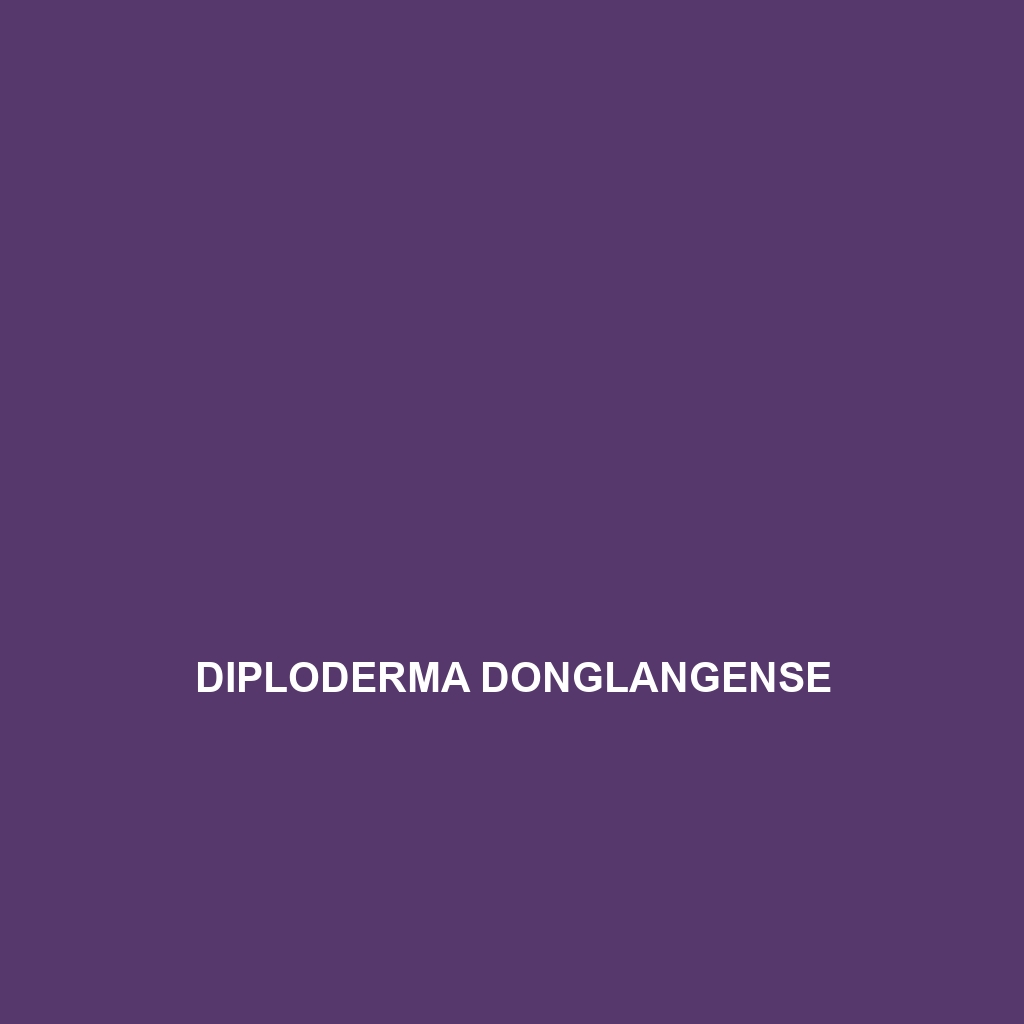Diploderma donglangense: Species Description
Common Name: Diploderma donglangense
Scientific Name: Diploderma donglangense
Habitat
Diploderma donglangense is primarily found in the mountainous regions of southern China, specifically in the provinces of Yunnan and Guangxi. This species inhabits subtropical forests, characterized by high humidity and diverse plant life, where it typically resides among rocky outcrops and tree canopies.
Physical Characteristics
This lizard species can reach lengths of up to 20 centimeters. It displays a distinctive coloration, predominantly featuring shades of olive green and brown, which allows it to blend seamlessly with its environment. One of its notable characteristics is the presence of tuberculate scales, which give it a rough texture. Additionally, Diploderma donglangense has a slender body with a long tail, contributing to its agile movement in arboreal habitats.
Behavior
Diploderma donglangense exhibits primarily diurnal behavior, being most active during daylight hours. It is known for its arboreal lifestyle, often seen climbing trees and basking in sunlight. This species is also territorial, engaging in displays of dominance during mating season, which can include head-bobbing and push-ups to ward off intruders.
Diet
This species is insectivorous, primarily feeding on a variety of insects such as crickets, beetles, and other small arthropods. Diploderma donglangense has developed an efficient hunting technique, using its similar coloration for camouflage to ambush unsuspecting prey. It may also consume plant matter occasionally, reflecting its adaptability in feeding habits.
Reproduction
Reproductive activity for Diploderma donglangense typically occurs between the months of May and July. Females lay clutches of two to four eggs in hidden locations, ensuring the safety of their offspring during the incubation period. The hatchlings emerge after approximately two months, and they are miniature versions of adults, equipped to fend for themselves almost immediately.
Conservation Status
The current conservation status of Diploderma donglangense is classified as **vulnerable**. Habitat loss due to deforestation and climate change poses significant threats to its population, highlighting the importance of habitat protection efforts for this species.
Interesting Facts
Diploderma donglangense is known for its unique ability to change its color to some extent, aiding in camouflage against predators. Furthermore, this species has been the subject of several studies aimed at understanding its ecological role and adaptations to its environment.
Role in Ecosystem
As a predator of insects, Diploderma donglangense plays a crucial role in controlling insect populations within its habitat. This lizard also serves as prey for larger predators, contributing to the biological diversity and food web dynamics of its ecosystem. Its presence indicates a healthy ecosystem, making its conservation vital for maintaining ecological balance.
